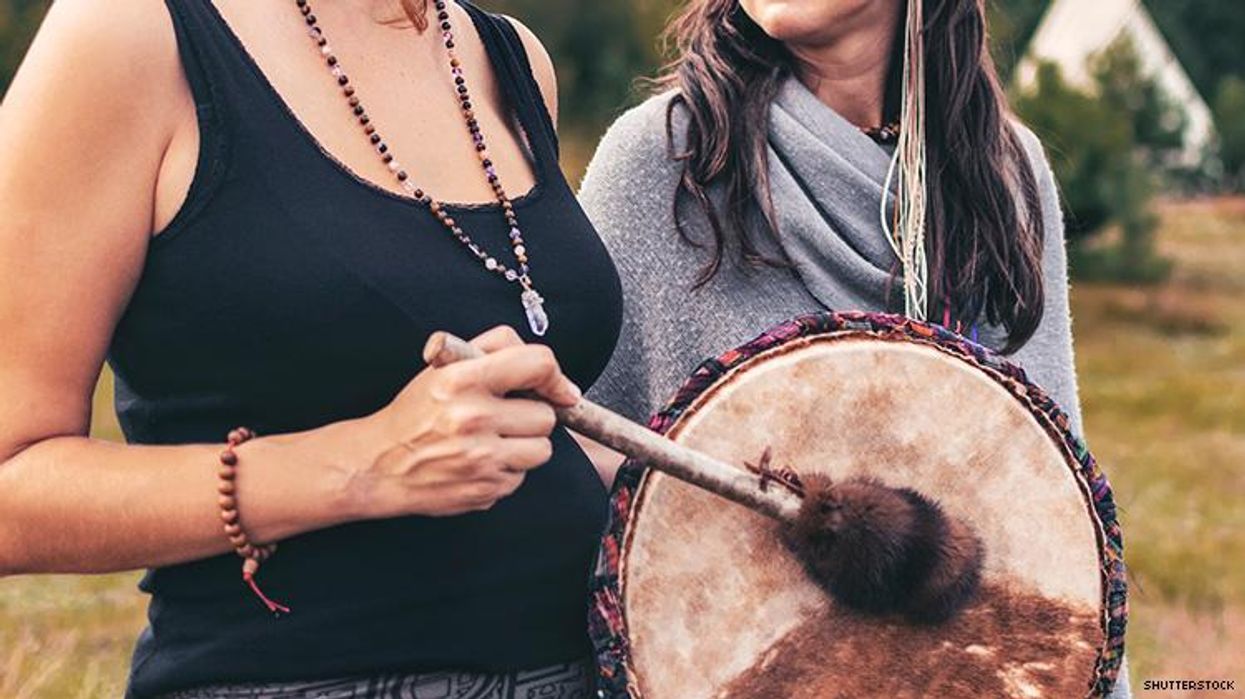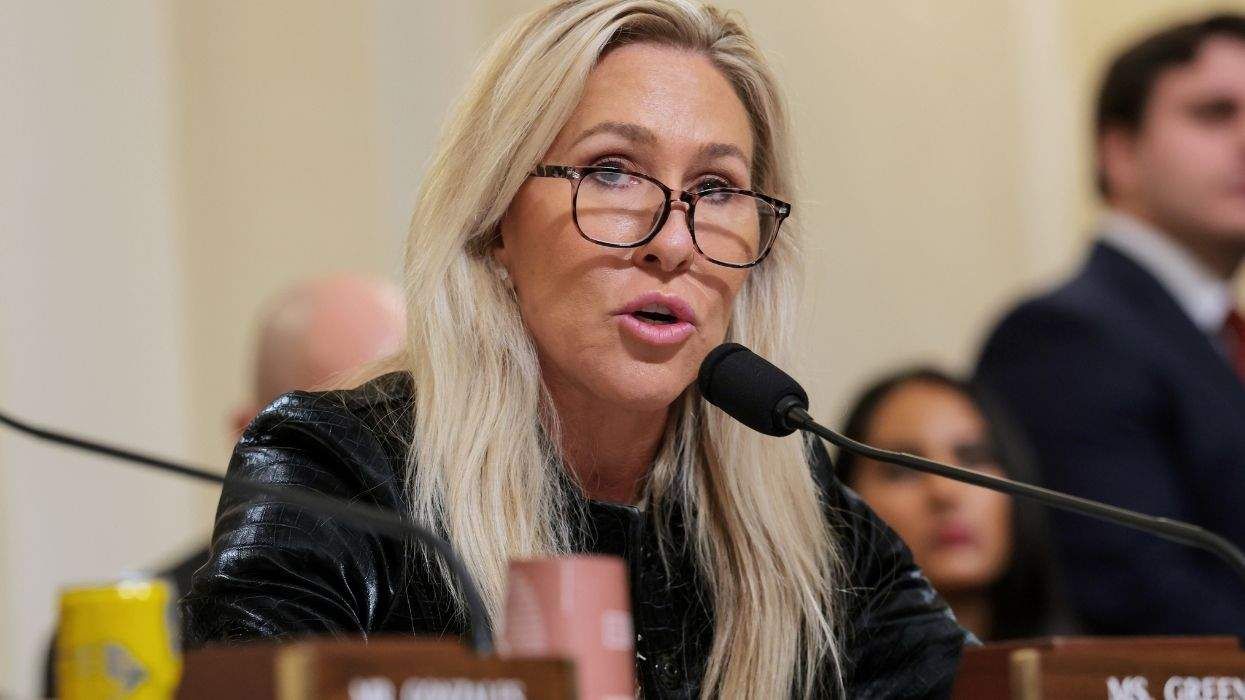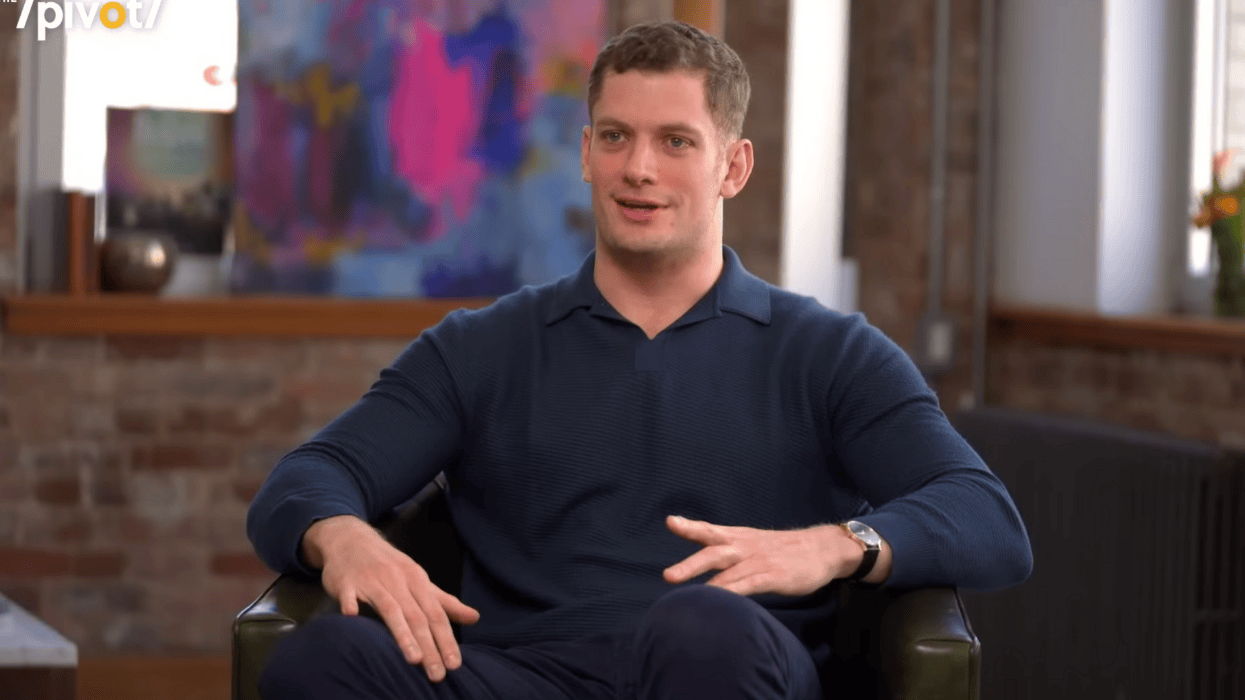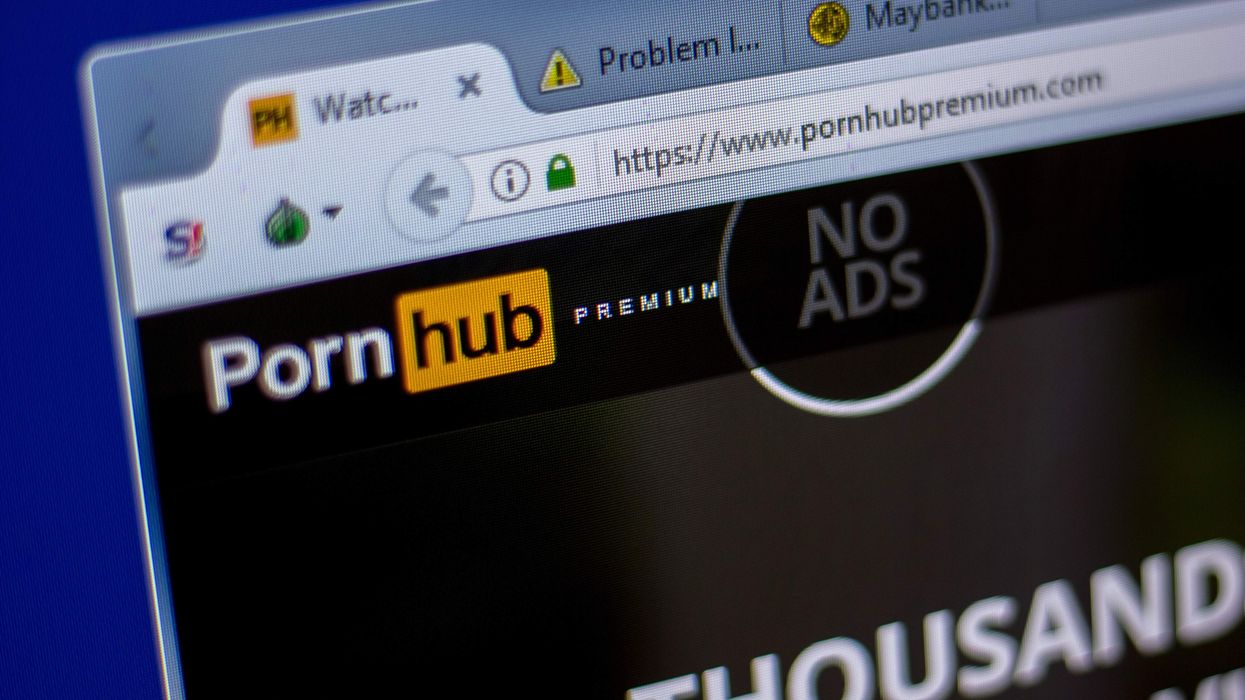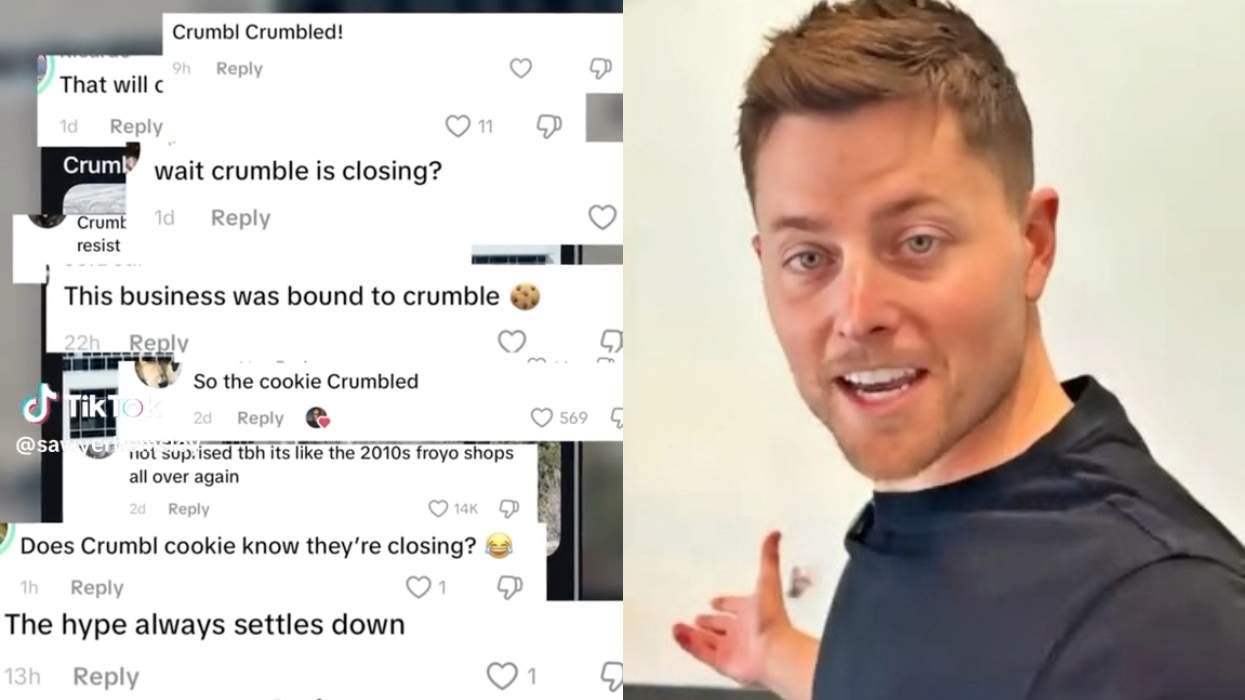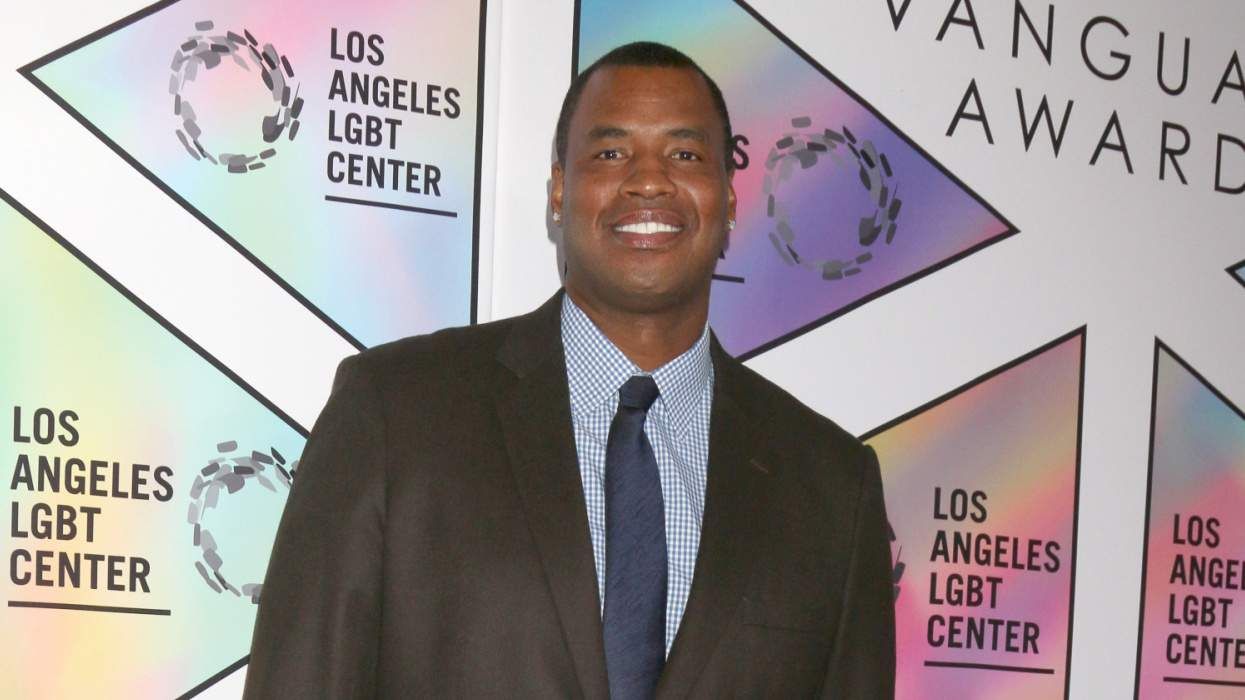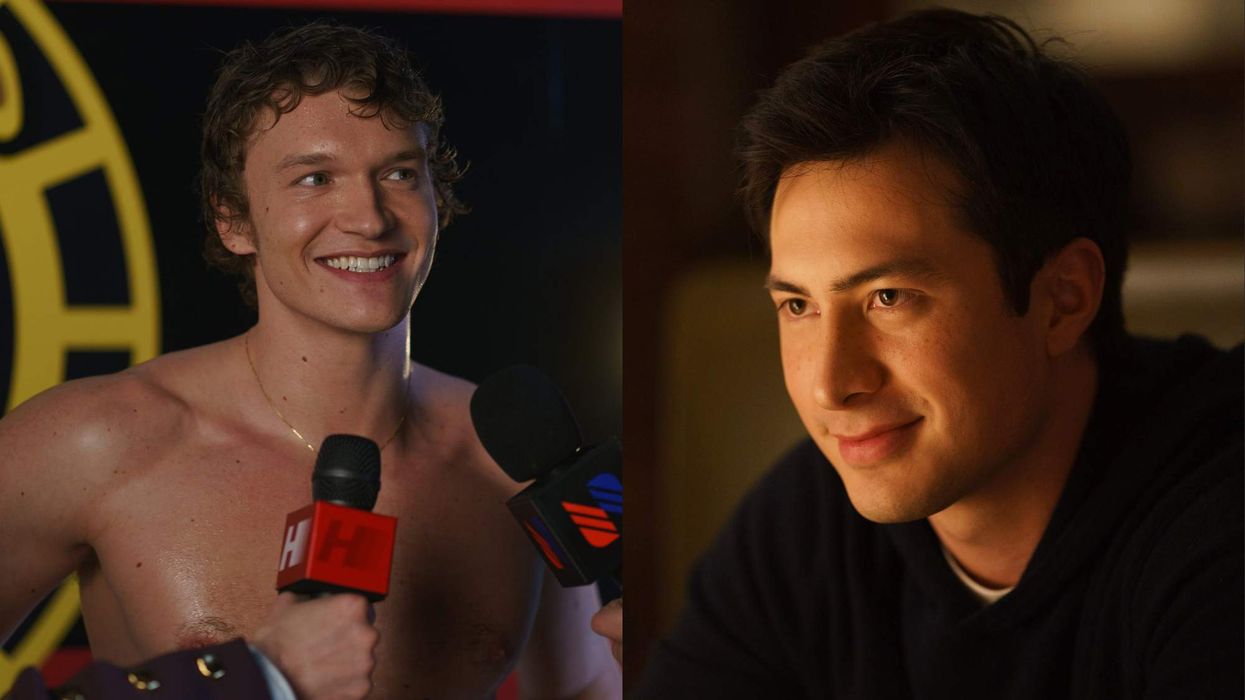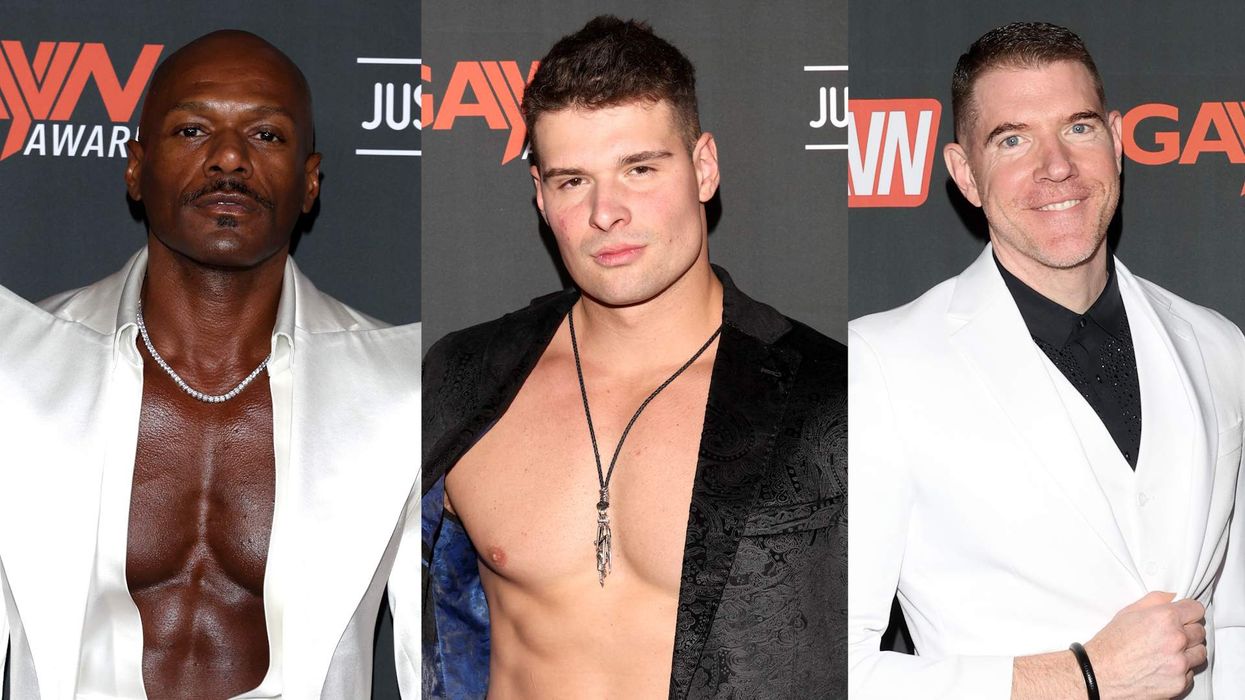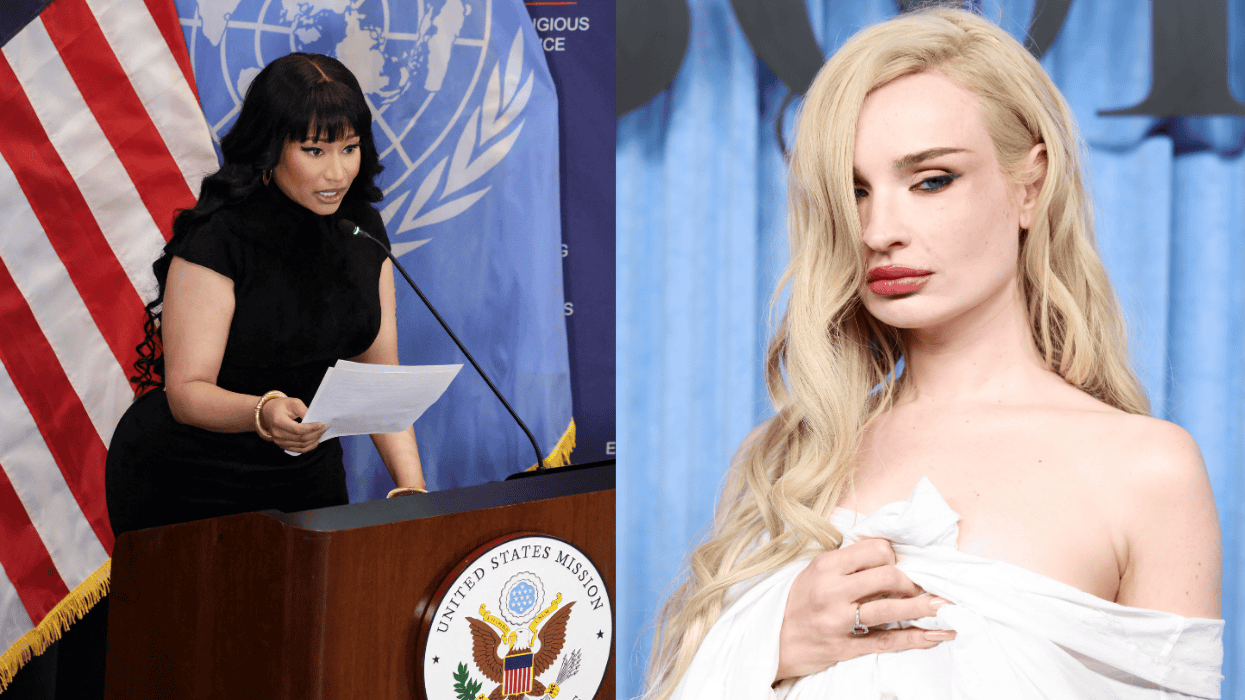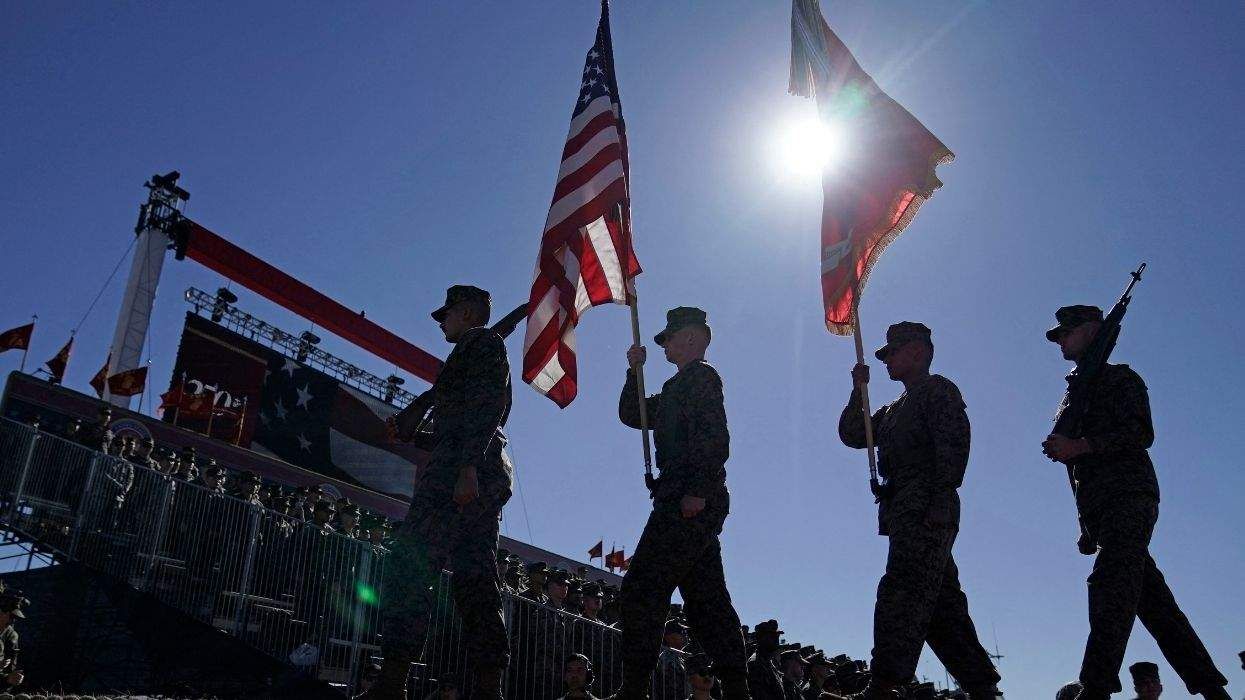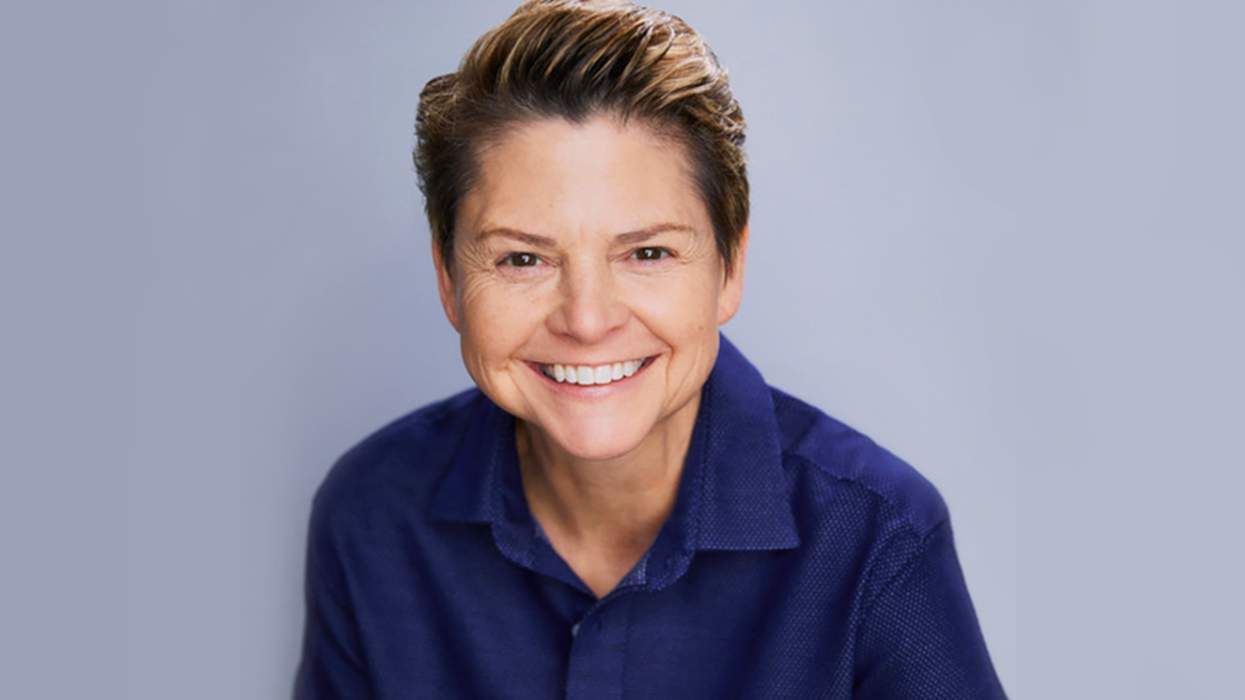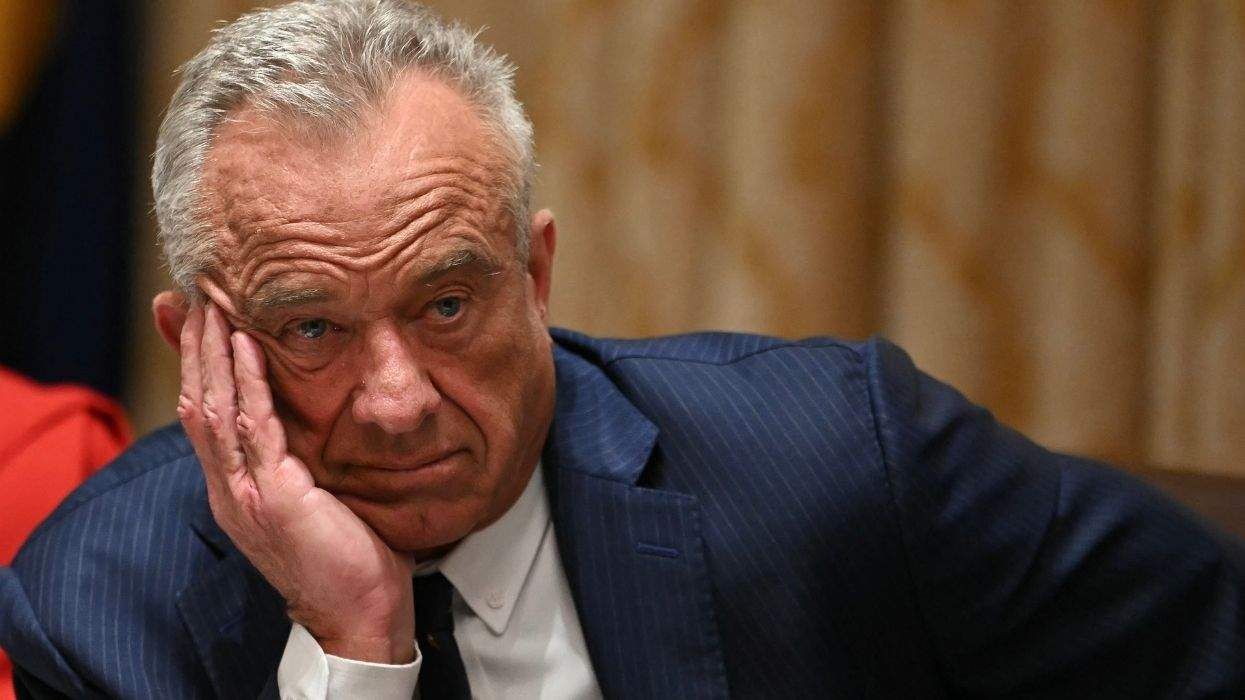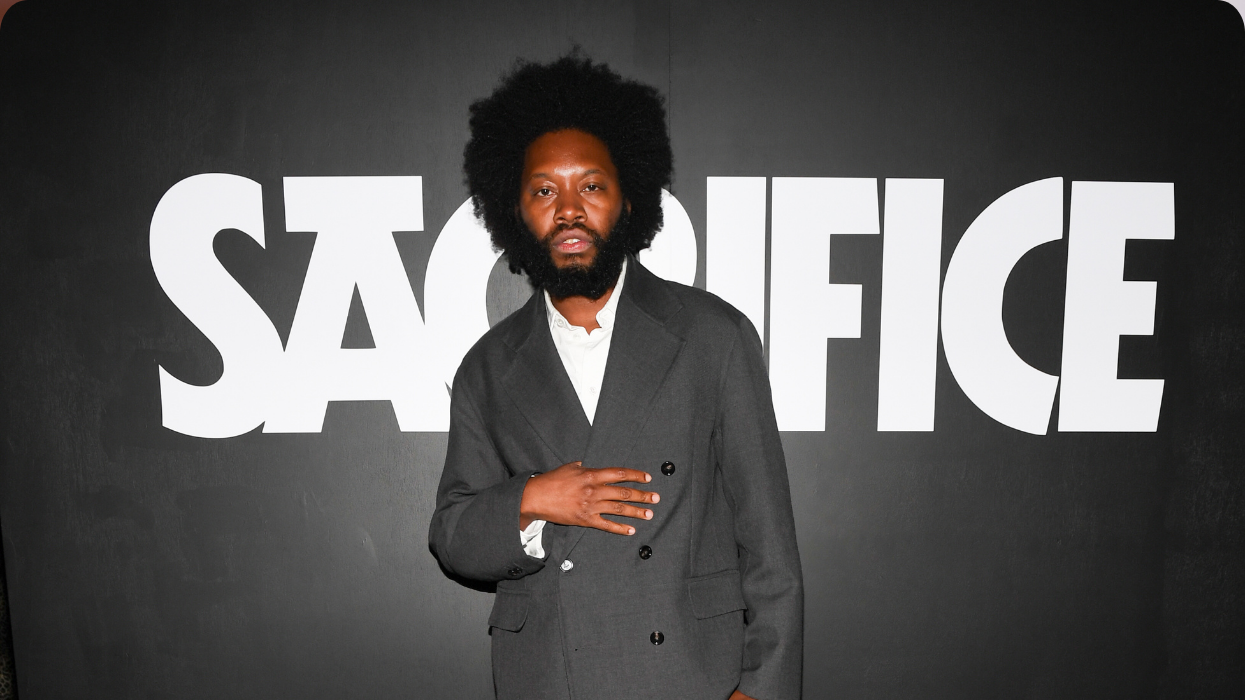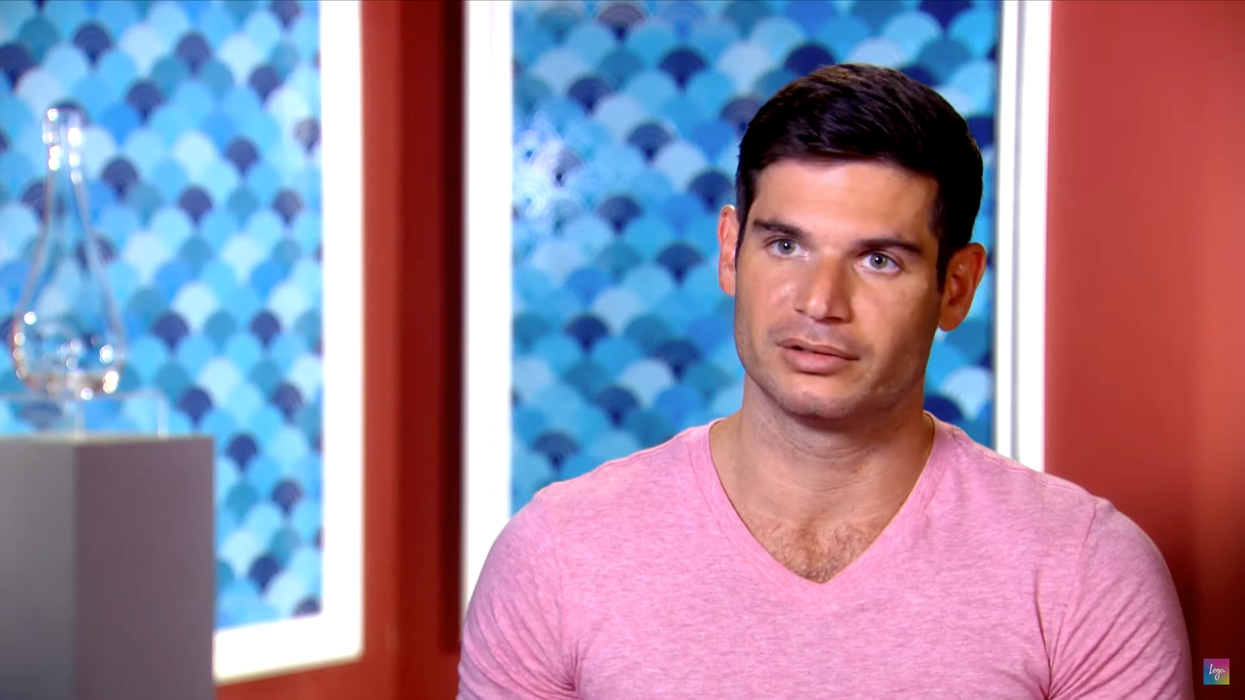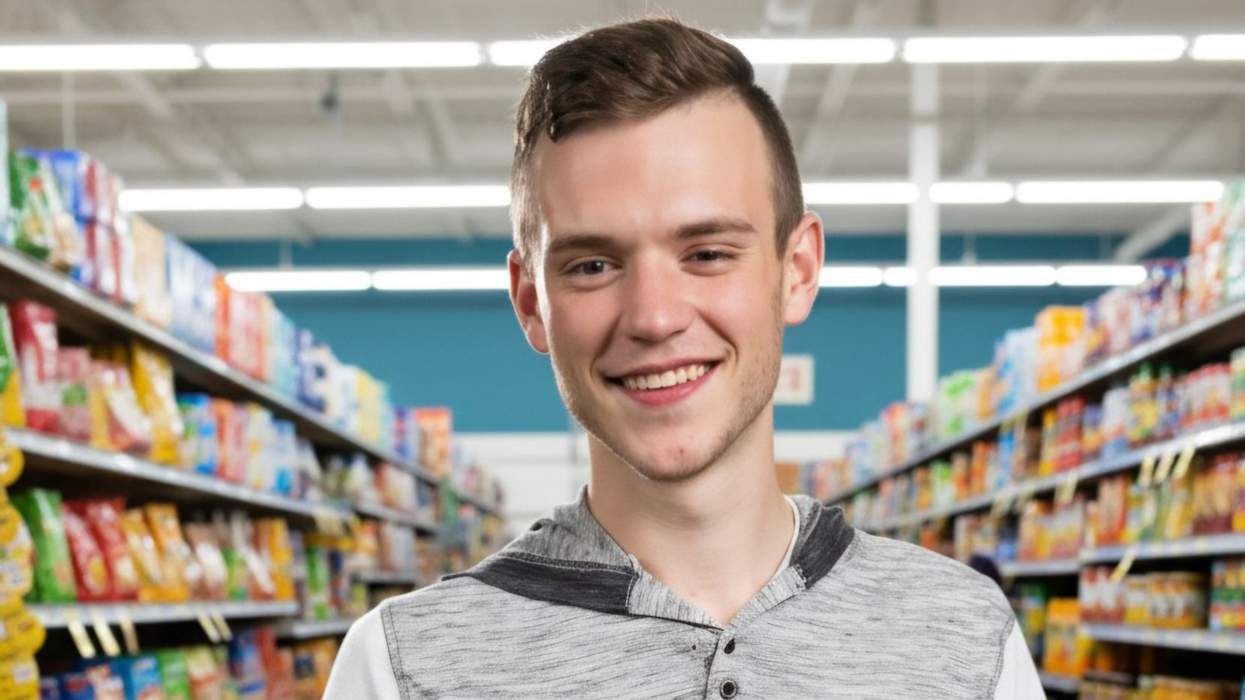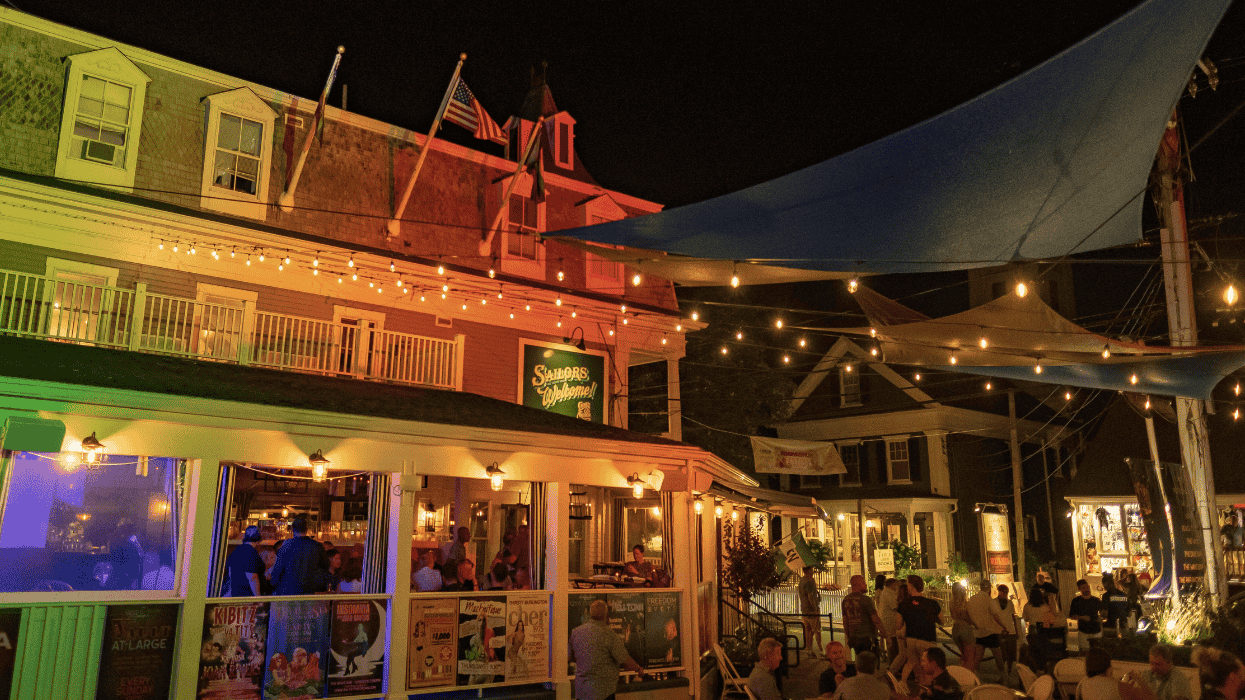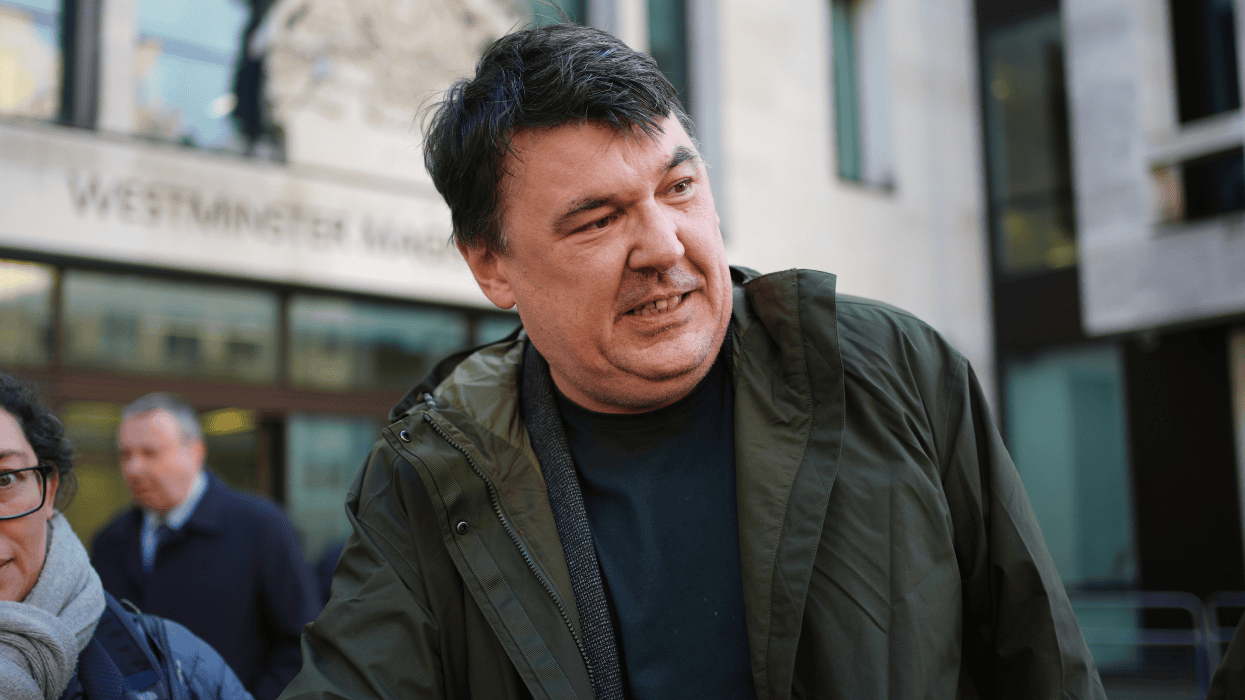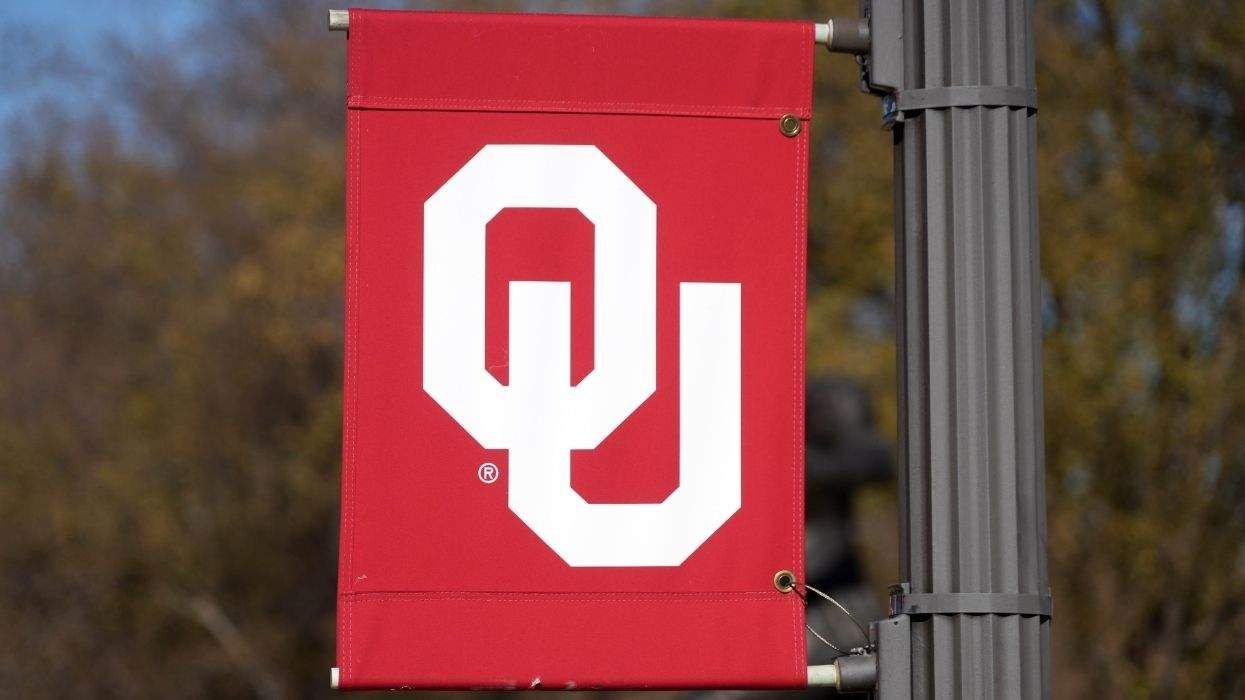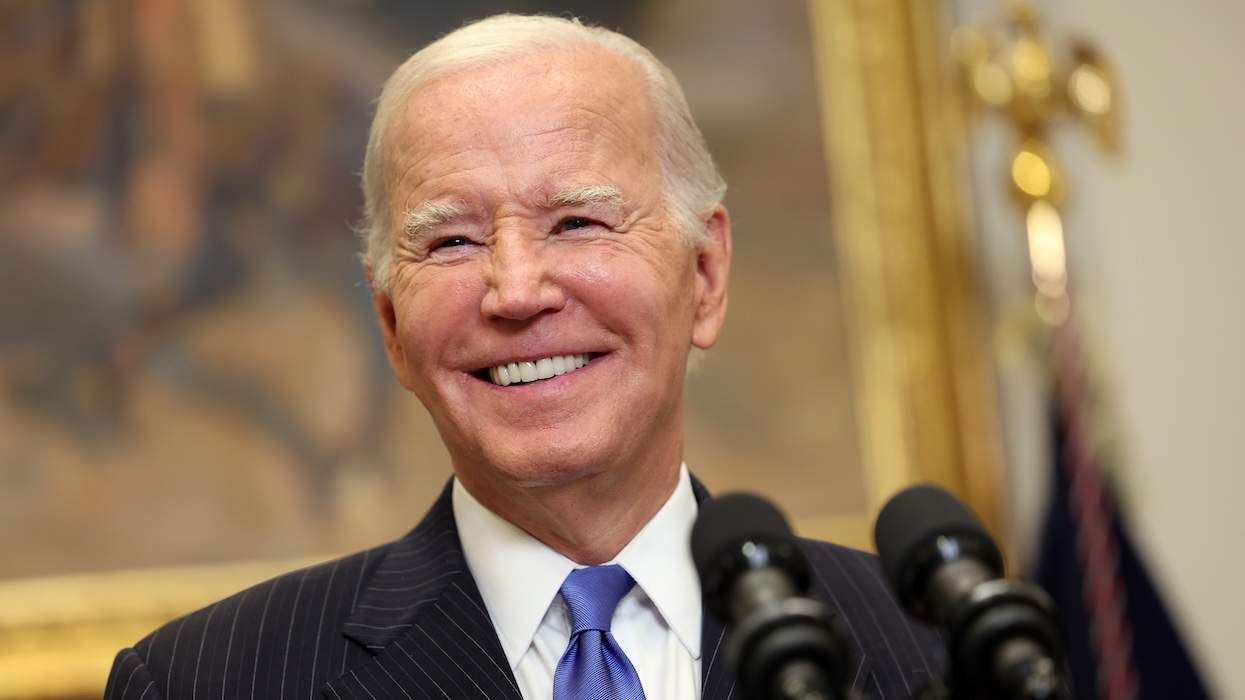A new survey from the Trevor Project finds that Native American LGBTQ+ youth report startlingly high rates of suicide attempts over the past year.
Released Tuesday, a new research brief from the national youth suicide prevention organization reports that 32 percent of queer and transgender Native Americans say they have attempted to take their own lives in the past 12 months. That's significantly higher than all other racial and ethnic groups surveyed: 19 percent of Latinx respondents had tried to end their lives, followed by Caucasian and Black LGBTQ+ people (18 percent for both groups) and Asian and Pacific Islanders (15 percent).
Individuals who reported more than one racial or ethnic identity also reported a slightly elevated rate of suicide attempts: 21 percent of LGBTQ+ youth in this demographic say they had tried to take their lives in the past year.
The rate of attempted suicides is even higher for trans and gender nonconforming Native American youth. Thirty-seven percent say they attempted suicide in the last 12 months.
However, the extremely high rates of suicidal ideation for trans and gender nonconforming young people -- a population that has been exhaustively targeted by the Trump administration over the past three years -- is consistent across racial and ethnic lines. Thirty-three percent of Latinx youth tried to take their lives in the time period surveyed, in addition to 29 percent of Black respondents, 28 percent of Asians and Pacific Islanders, and 27 percent of Caucasians.
Biracial and multiethnic youth who are trans and gender nonconforming, while reporting fewer suicide attempts than Latinx respondents, still reported higher than average rates. Thirty-one percent say they followed through on a suicide attempt in the past year.
The Trevor Project spoke to 21,000 individuals for the report.
According to Dr. Amy E. Green, director of research at the Trevor Project, the results are somewhat consistent with rates of attempted and completed suicides among the wider Native American population in the United States.
"Within the broader U.S. population, American Indian and Alaskan Native individuals have historically had the highest rates of suicide," she tells Out. "Increased rates of suicide among this group are indicative of the inequities faced, rather than inherent to American Indian and Alaskan Native culture."
In addition to the inherited trauma of colonialism, Green cited factors such as "higher rates of poverty, alcohol use, and limited access to culturally appropriate mental health care" as contributing to the suicide crisis in Native American communities. For LGBTQ+ young people, she believes those phenomena are compounded by the "increased discrimination, victimization, and internalized stigma" commonly faced by queer and transgender youth of color.
Although the survey is the first from the Trevor Project to spotlight the barriers faced by LGBTQ+ Native American youth, it's only the most recent to show that queer and trans young people continue to face extraordinary mental health challenges. Earlier this year, a survey found that 39 percent of LGBTQ+ youth had considered ending their lives in the past 12 months.
As in previous surveys, the June report found that trans and gender nonconforming young people were at greatest risk of experiencing suicidal ideation, with one in three claiming they had attempted to take their lives in the past year.
If advocacy groups hope to address these sobering statistics, Green says they must recognize the diverse needs of an extremely varied population.
"The {LGBTQ+] community is diverse both in terms of sexual orientation and gender identity as well as other aspects of our identity such as race/ethnicity, geography, and socioeconomic status," she says. "These intersecting identities can influence youth development in ways that are interdependent and different than the sum of mutually exclusive individual influences."
"Efforts to support LGBTQ+ youth must focus not only on providing individual levels of acceptance and care, but also on tackling larger issues of oppression and privilege," Green adds.
You can read the full report here.


